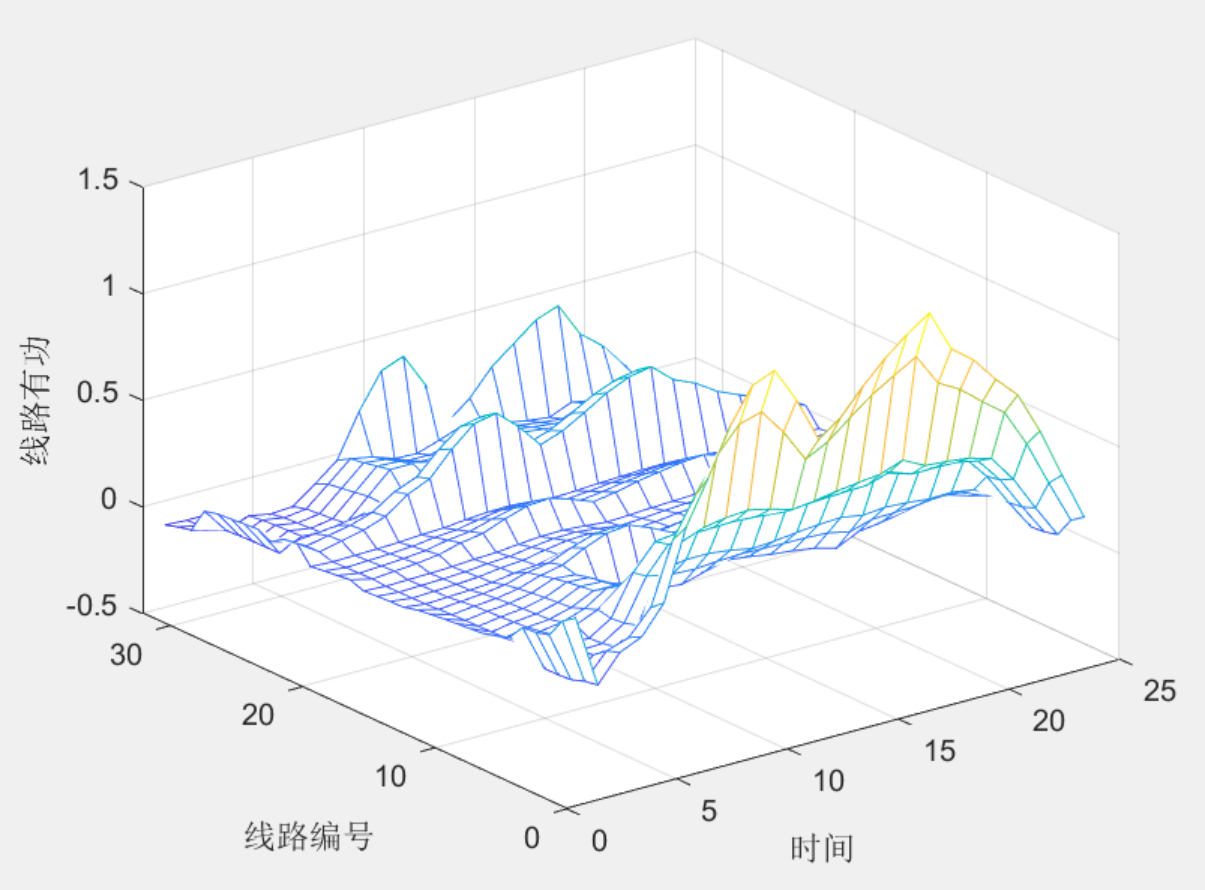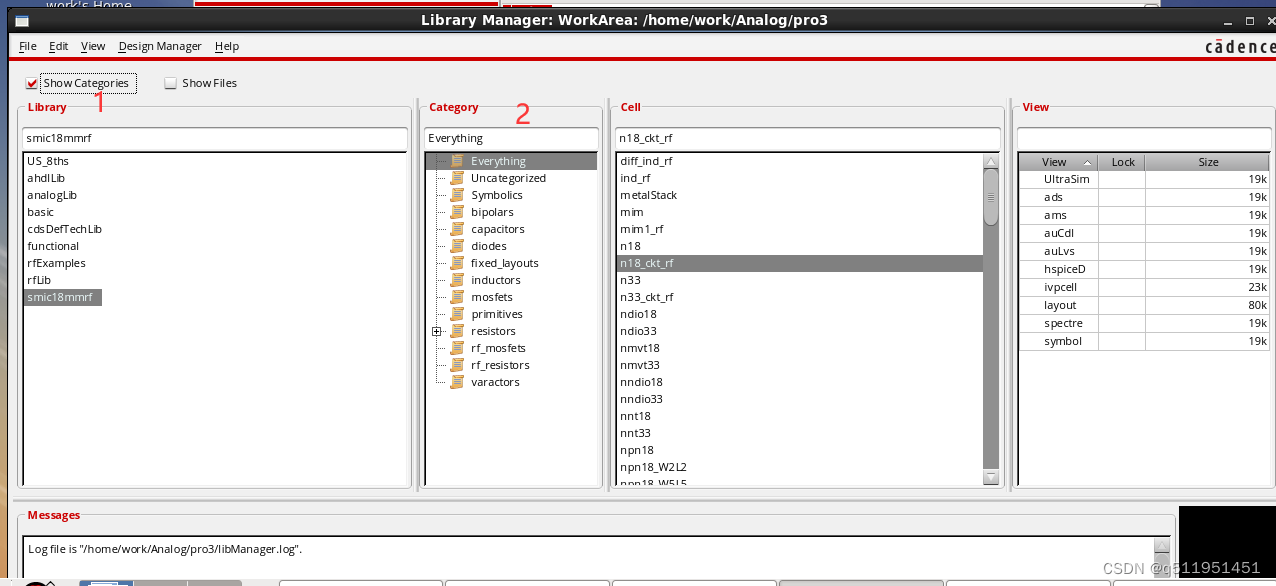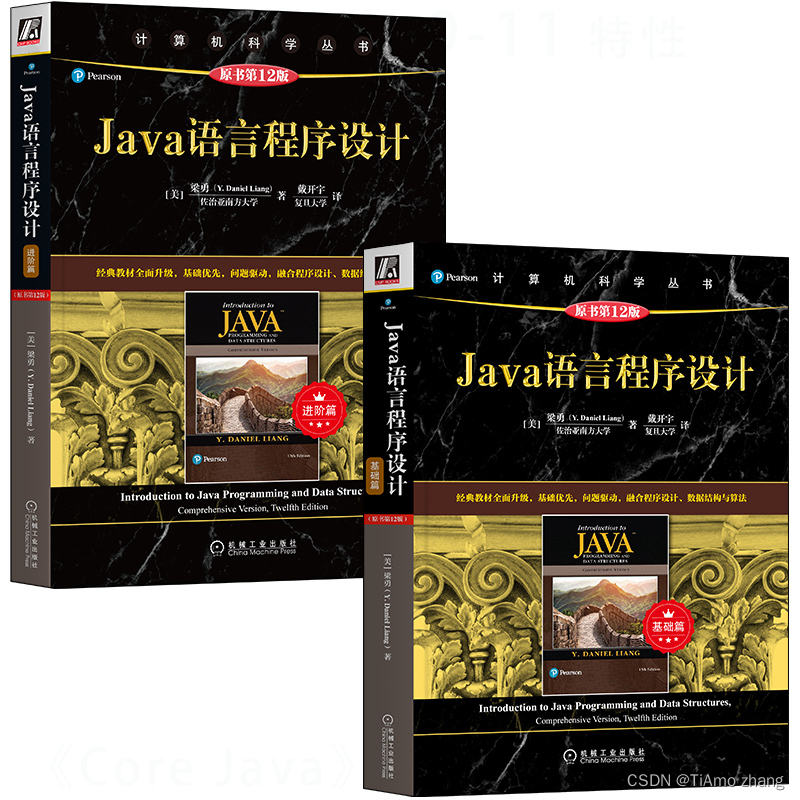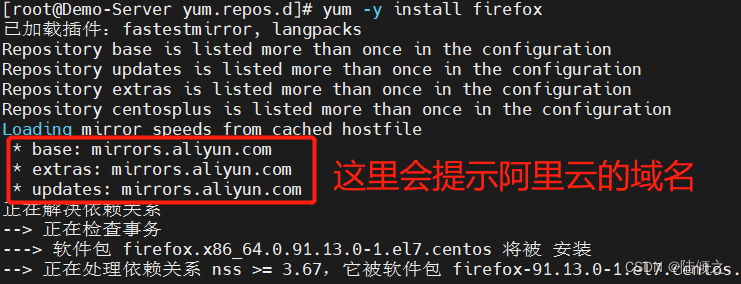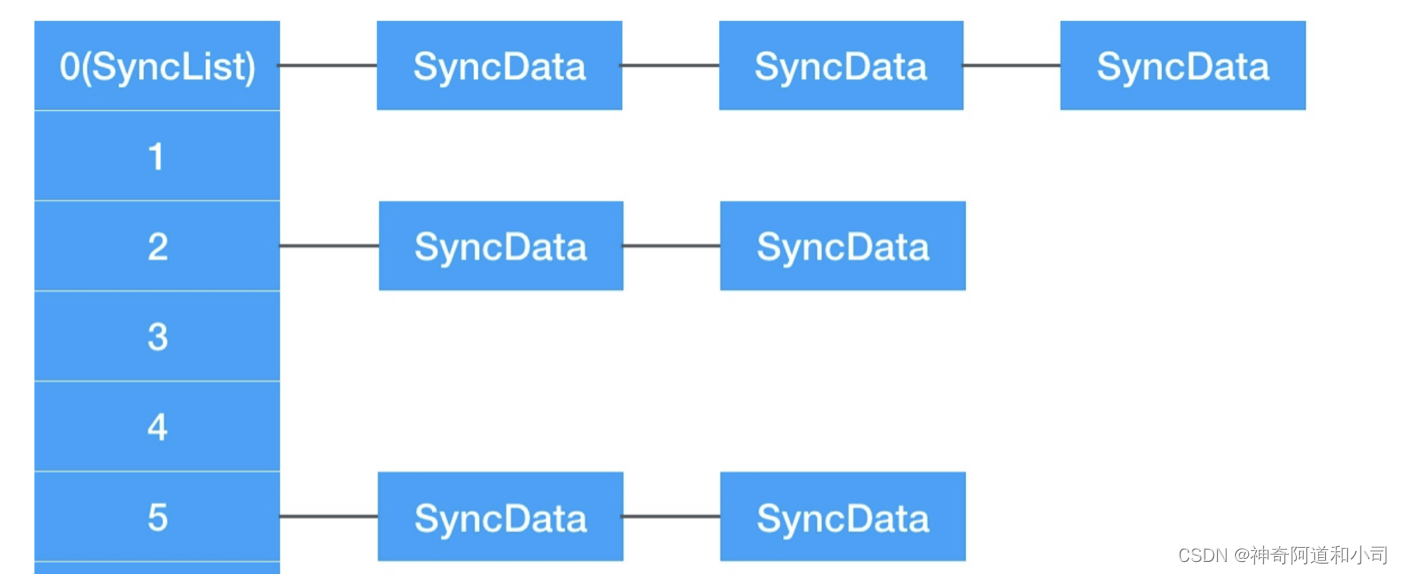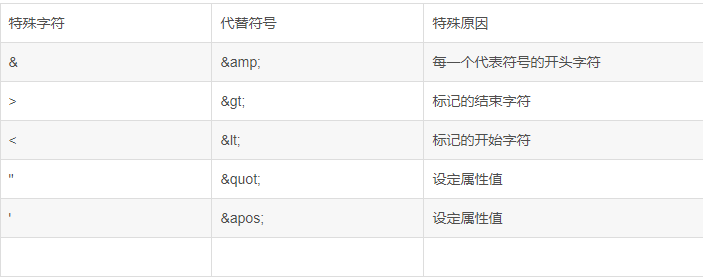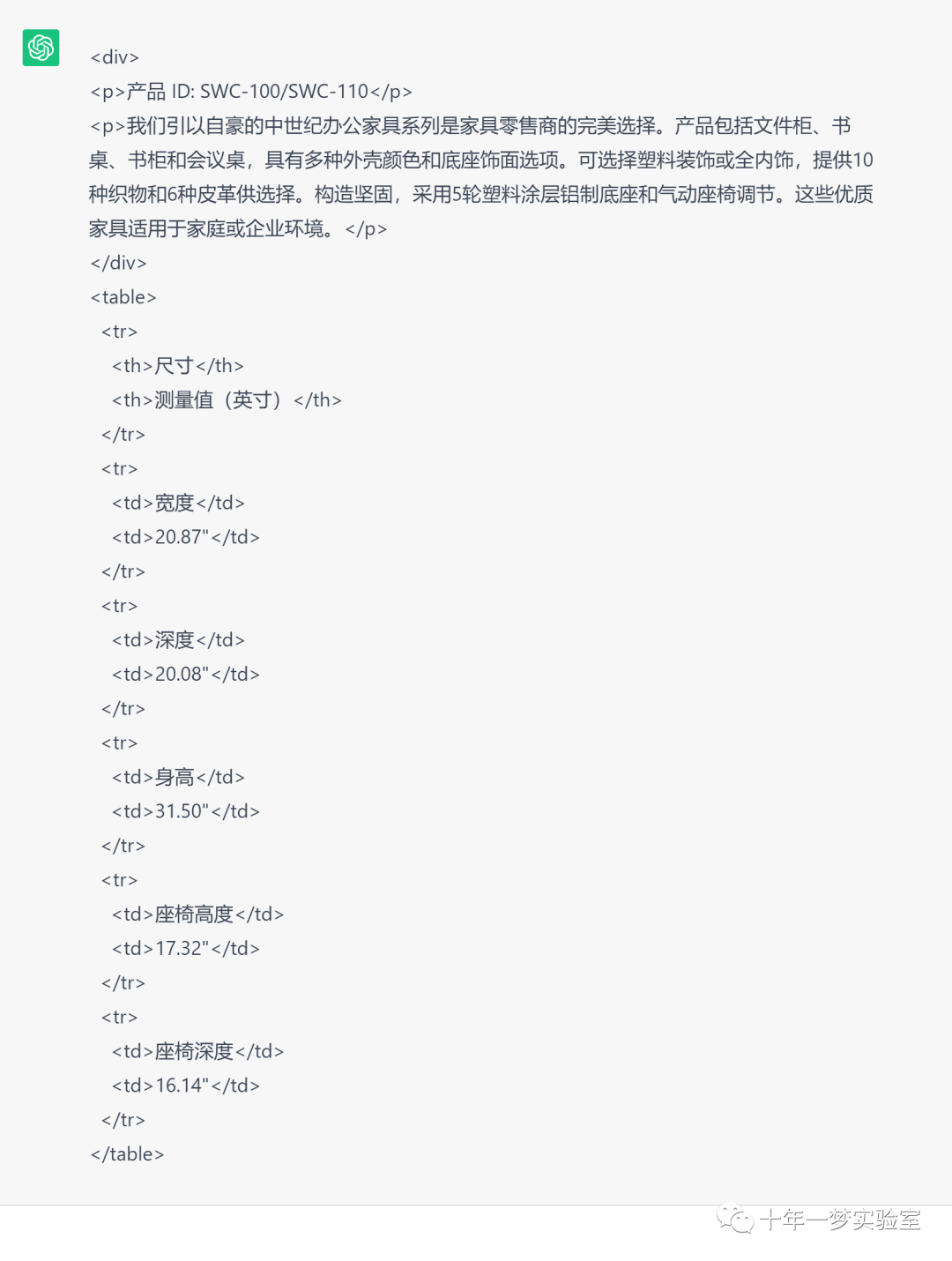https://leetcode.cn/problems/max-number-of-k-sum-pairs/
给你一个整数数组 nums 和一个整数 k 。
每一步操作中,你需要从数组中选出和为 k 的两个整数,并将它们移出数组。
返回你可以对数组执行的最大操作数。
示例 1:
输入:nums = [1,2,3,4], k = 5
输出:2
解释:开始时 nums = [1,2,3,4]:
- 移出 1 和 4 ,之后 nums = [2,3]
- 移出 2 和 3 ,之后 nums = [] 不再有和为 5 的数对,因此最多执行 2 次操作。
示例 2:
输入:nums = [3,1,3,4,3], k = 6
输出:1
解释:开始时 nums = [3,1,3,4,3]:
- 移出前两个 3 ,之后nums = [1,4,3] 不再有和为 6 的数对,因此最多执行 1 次操作。
第一种
排序后,双指针
class Solution {
public int maxOperations(int[] nums, int k) {
// 排序
Arrays.sort(nums);
// 首 尾指针
int i = 0, j = nums.length - 1;
int result = 0;
while (i < j) {
int sum = nums[i] + nums[j];
if (sum == k) {
// 不需要真移除,只要把两边的指针都挪一位即可。
i++; j--; // 刚好相等,让两个指针靠近
result++; // 结果+1
} else if (sum < k) { // 偏小了,挪动左指针,获得一个更大的数
i++;
} else {
j--; // 偏大了,挪动右指针,获得一个更小的数
}
}
return result;
}
}
时间复杂度O(nlogn + n),空间复杂度O(1)。

第二种
遍历,用map缓存数字
class Solution {
public int maxOperations(int[] nums, int k) {
int result = 0;
HashMap<Integer, Integer> map = new HashMap<>();
for (int num : nums) {
int target = k - num;
Integer x = map.get(target);
if (x != null && x > 0) {
result++; // 结果+1
map.put(target, x-1); // target被用过,所以-1
} else {
// 没找到合适的数,就暂存当前的num,以便之后使用
map.put(num, map.getOrDefault(num,0)+1);
}
}
return result;
}
}
时间复杂度O(n),空间复杂度O(n)。

本文完

